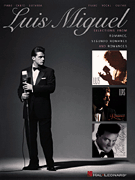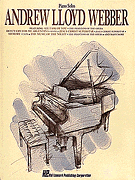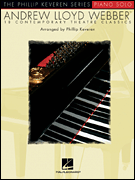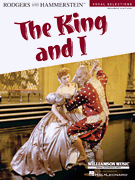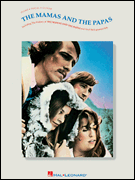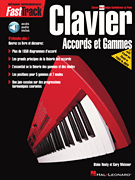Search Results for: “You And I”
Loading...
All I Ask Of You View 237 Products
All I Want For Christmas Is You View 213 Products
When I Fall In Love View 200 Products
If I Never Knew You (End Title) View 74 Products
If I Didn't Have You View 66 Products
Gee Baby, Ain't I Good To You View 59 Products
And I Love You So View 55 Products
You're The One That I Want View 51 Products
When I Was Your Man View 49 Products
You And I View 49 Products
And I Am Telling You I'm Not Going View 37 Products
'til I Hear You Sing View 35 Products
(I Never Promised You A) Rose Garden View 35 Products
I Believe In You And Me View 22 Products
All I Want Is You View 22 Products
I Still Have Faith In You View 13 Products
Say Hey (I Love You) View 13 Products
I Lift My Voice And Sing Your Praise View 13 Products
I Want To Spend My Lifetime Loving You View 11 Products
I Learned From You View 9 Products
You And I Both View 9 Products
You And I (Nobody In The World) View 6 Products
I Know You View 5 Products
But You Know I Love You View 4 Products









